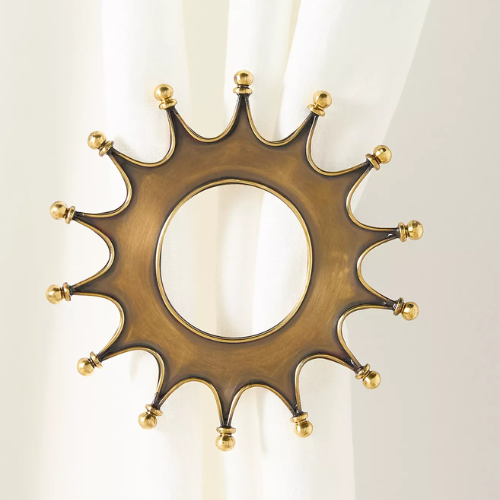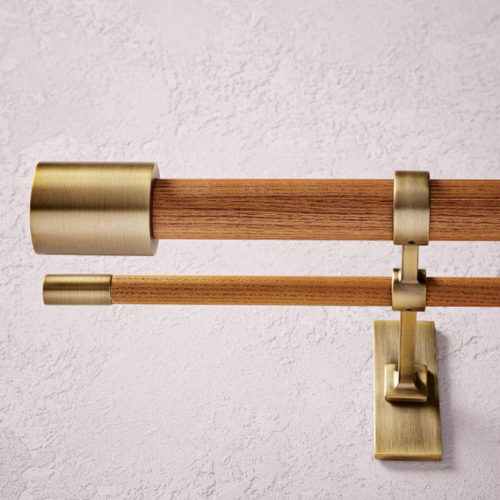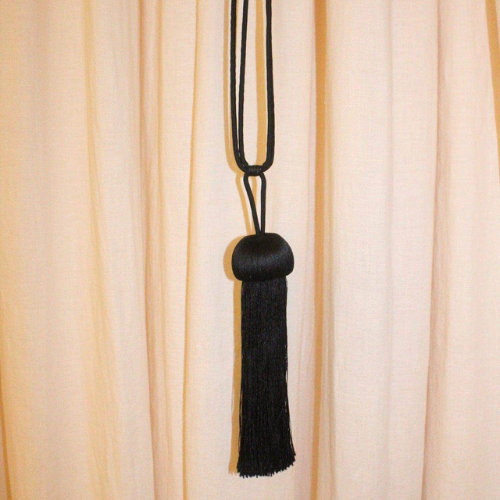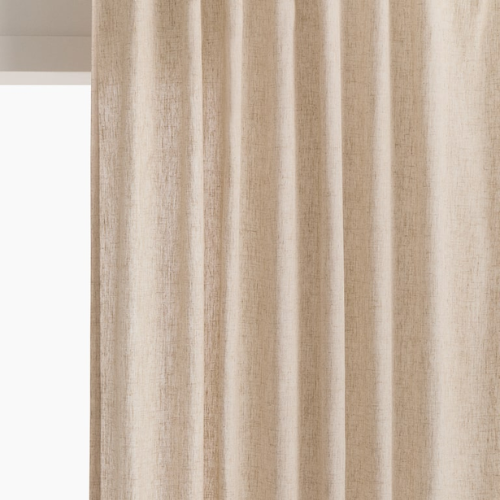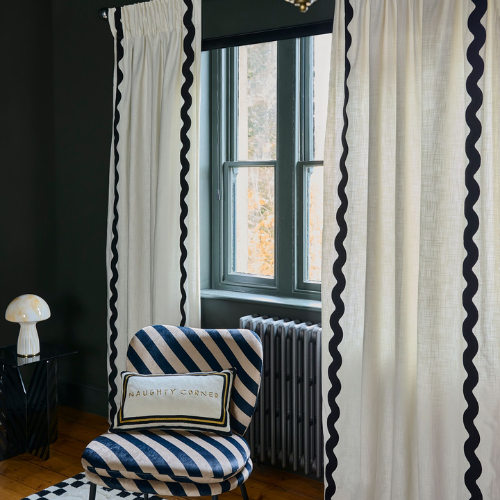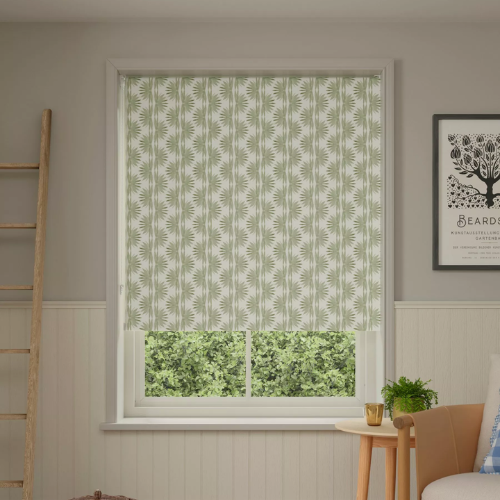Should Curtains Cover Radiators? The Dilemma of Floor-Length Curtains vs Blocking Your Room's Heat Source, Solved
If you've opted for beautiful, long curtains, you might be fighting against your home's thermal efficiency, say the experts
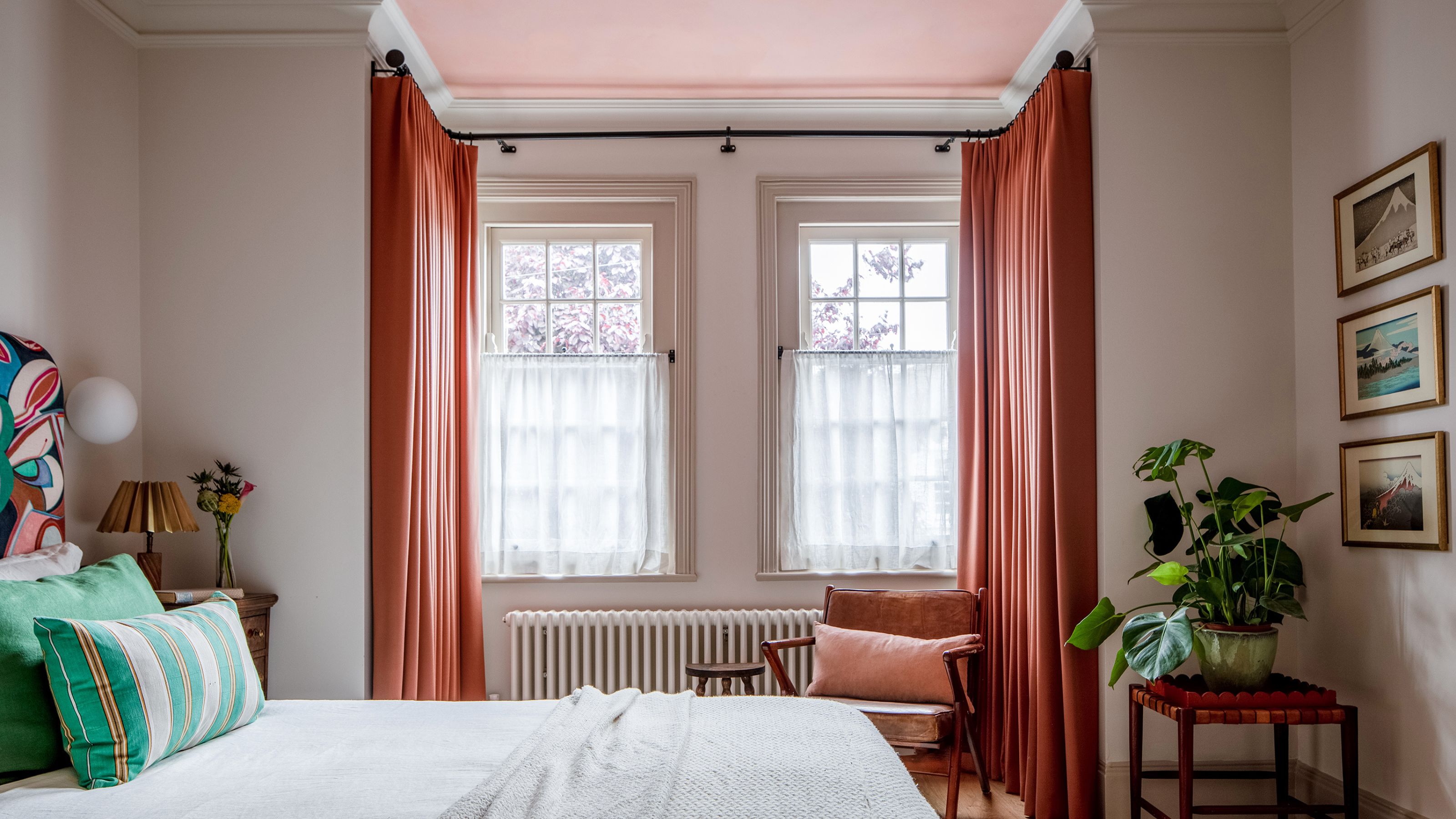

We all know that long, floor-sweeping curtains have a certain romantic, dreamy quality to them; there's no question about it. There is a question, however, about whether this look is always completely functional, especially when a radiator is involved.
The real drama that comes with choosing a long style of curtains is that you're going to block your radiator. Radiators are positioned under windows to help effectively heat your home, but putting a curtain in front will actually block them from efficiently heating your room.
So, no, you shouldn't, but more than that, there's a solution to your problem. Our experts break down navigating the complicated relationship between your curtains and the radiator.
Should Curtains Cover Radiators?
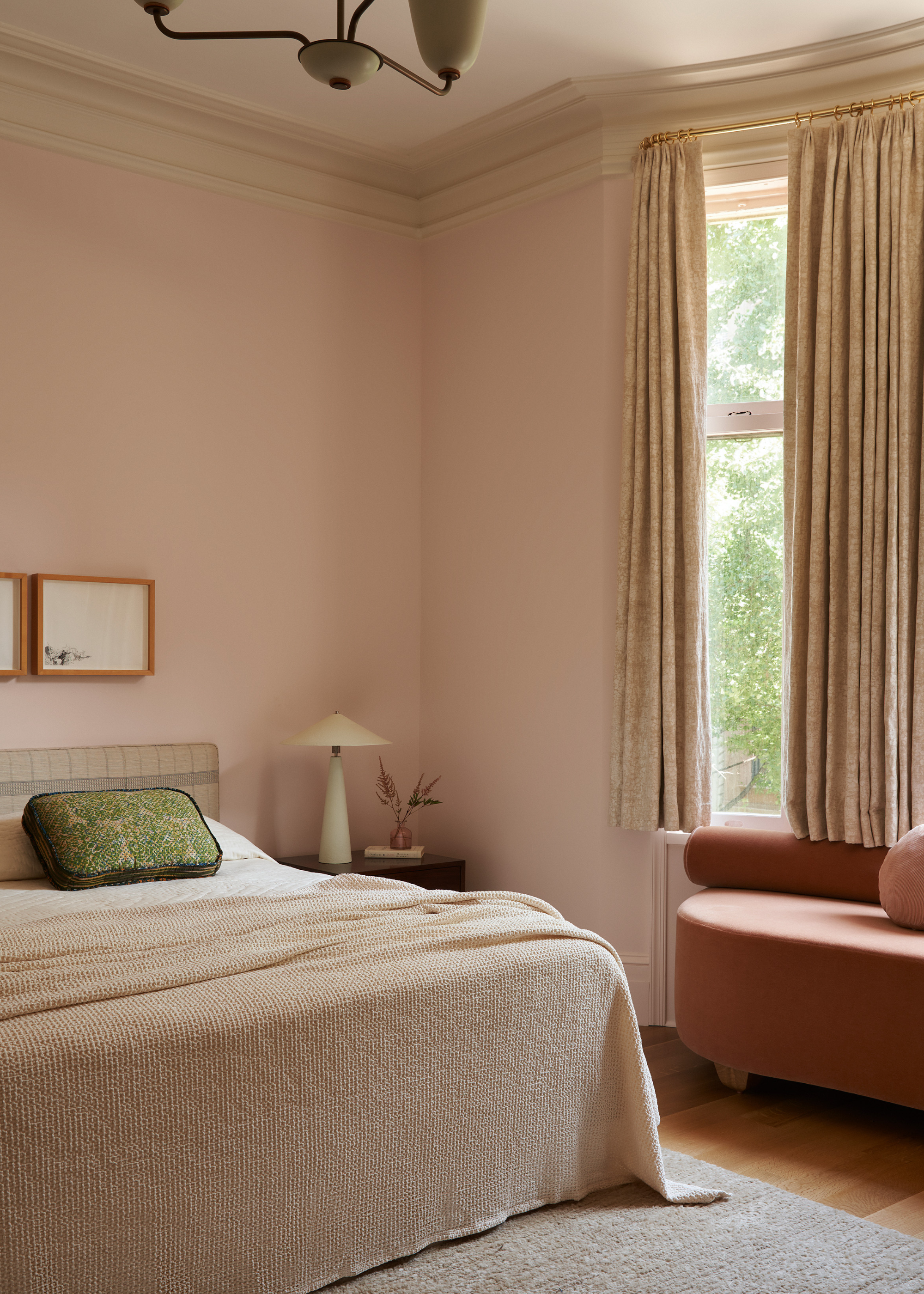
Curtains like these, that end just above the radiator, are the safest option, while still looking great.
So, let's really get into the question we're all here for: should your curtains cover the radiator?
It's a question that brings in a conflict between aesthetics and functionality, a spot none of us wants to be caught in. As Matthias Silverton, an interior design consultant and curtain design specialist at The Snug Co., says, "It forces the owner/designers to make a choice between aesthetics against thermal efficiency. While sweeping, floor-length drapes look beautiful and polished, and make ceilings look higher and more grand, they are a major energy mistake."
The reason this design is seen as such a huge error is largely down to the impact it will have on your home's energy efficiency. "Rather than warming the surrounding space, the heat becomes trapped behind the curtain against the wall, meaning the rest of the room will feel much colder than it should," explains Rosella Marzocchella, interior designer at Decor & Decor.
Reducing the area within which the radiator is able to circulate heat essentially renders it useless, and by wintertime, you'll find yourself shivering in regret. But the reduced flow of heat is not the only way this design choice will impact your home's energy usage. "In addition to reducing your comfort, it forces your heating system to work harder, which can result in additional energy usage and, therefore, increased heating bills," Rosella says.
The Livingetc newsletters are your inside source for what’s shaping interiors now - and what’s next. Discover trend forecasts, smart style ideas, and curated shopping inspiration that brings design to life. Subscribe today and stay ahead of the curve.
She also notes that the effects can be dependent on the specific curtains you use. "Curtains that are too thick can also block or sometimes press against the thermostatic radiator valves, which are inaccurate in their readings, so if your heating is inconsistent, curtains could be the culprit." (It could also be your radiator cover that is blocking heat, if you have those, too.)
Although both designers acknowledge the obvious visual appeal of long, sweeping curtains, they ultimately agree that this is a bad choice. As Matthias says, "A great interior design has to create designs that are first and foremost functional and comfortable, so short, thermal efficient curtains should always win."
However, if you are really desperate for these dramatic curtains, the experts recommend pairing them with tiebacks and making sure they are secured when the heating is on.
What's the Ideal Length for Curtains?
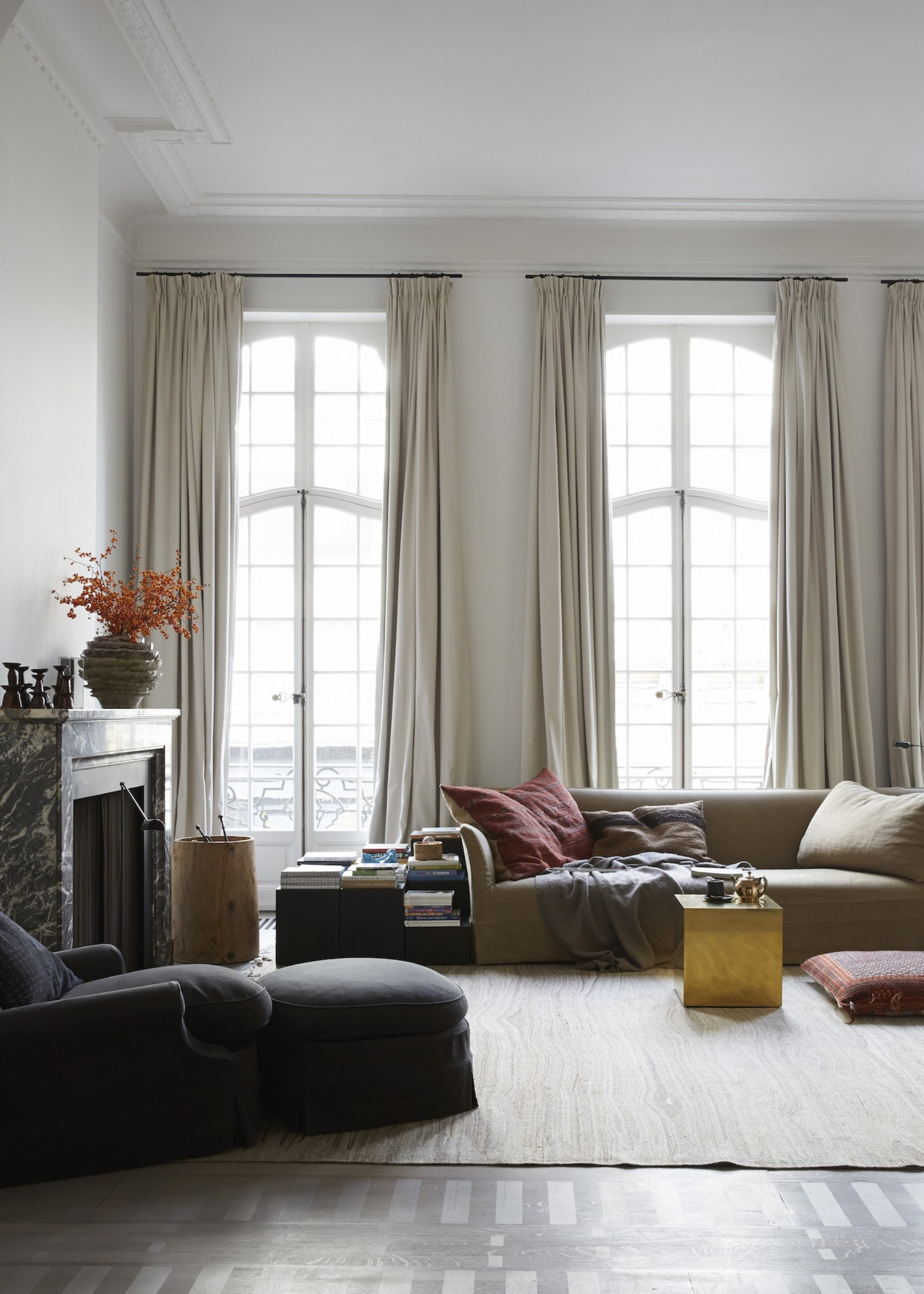
Long, sweeping curtains are favoured for the dramatic effect they offer.
We now know that dramatic, radiator-covering curtains are a big no-go, but that doesn't answer the question of what length our curtains actually should be, instead. Should curtains touch the floor, skim it, or be nowhere near it?
It's not a simple decision to make. As Rosella notes, "There’s a real science to curtain length, and a miscalculation can result in the space feeling all wrong." In most circumstances, she recommends floor skimming styles, or at most 1-2cm of excess for that puddling look.
However, while this is the preferred look for visual effect, Rosella acknowledges that the presence of a radiator can throw off the efficacy of this rule. She says, "If you have a radiator below a window, I often suggest stopping the curtain at a minimum of 10-20cm above it or going for a full-length curtain with tie-backs, therefore allowing the heat to flow properly when it is being used."
When planning your interior design with energy efficiency in mind, the length of your curtains is a decision that will hold more weight than you may initially expect.
Matthias says, "For maximum heating efficiency, curtains should sit at least 3-4cm (about 1.5 inches) above the radiator. This allows the heat to freely circulate into the room." This, of course, will be impacted by the unique architectural features of your home. As Matthias goes on to explain, "If a deep windowsill or molding naturally projects the curtain away from the wall, it's often a smarter choice to tuck the hem slightly behind the radiator. In this situation, the curtain should reach the top of the bracket behind the radiator to avoid bunching."
Different lengths can also help to create completely different aesthetics, with strong arguments for both long vs short curtains. For a romantic, coquette aesthetic, long, pooling curtains with tiebacks are ideal, whereas for a more contemporary, neat look, you may prefer a slightly shorter style.
However, Rosella says, "The biggest mistake people make is curtains that are just a touch short, which can throw the whole room off. So if you have a doubt, err on the side of caution and go for the longer option. You can always get them hemmed shorter. And remember to always measure the drop from the curtain pole (not the very top of the window) when you measure to get the correct length."
Livingetc's editor Hugh Metcalf has another point of view, however. "I would never recommend dictating the length of your curtains based on allowing heat to escape them. If this is going to cause you problems in your home, I'd instead suggest layering window treatments so that it's not an issue," he says. "So put a Roman blind in your window along with curtains framing them aesthetically," he suggests.
Is It Safe for Curtains to Touch Your Radiator?
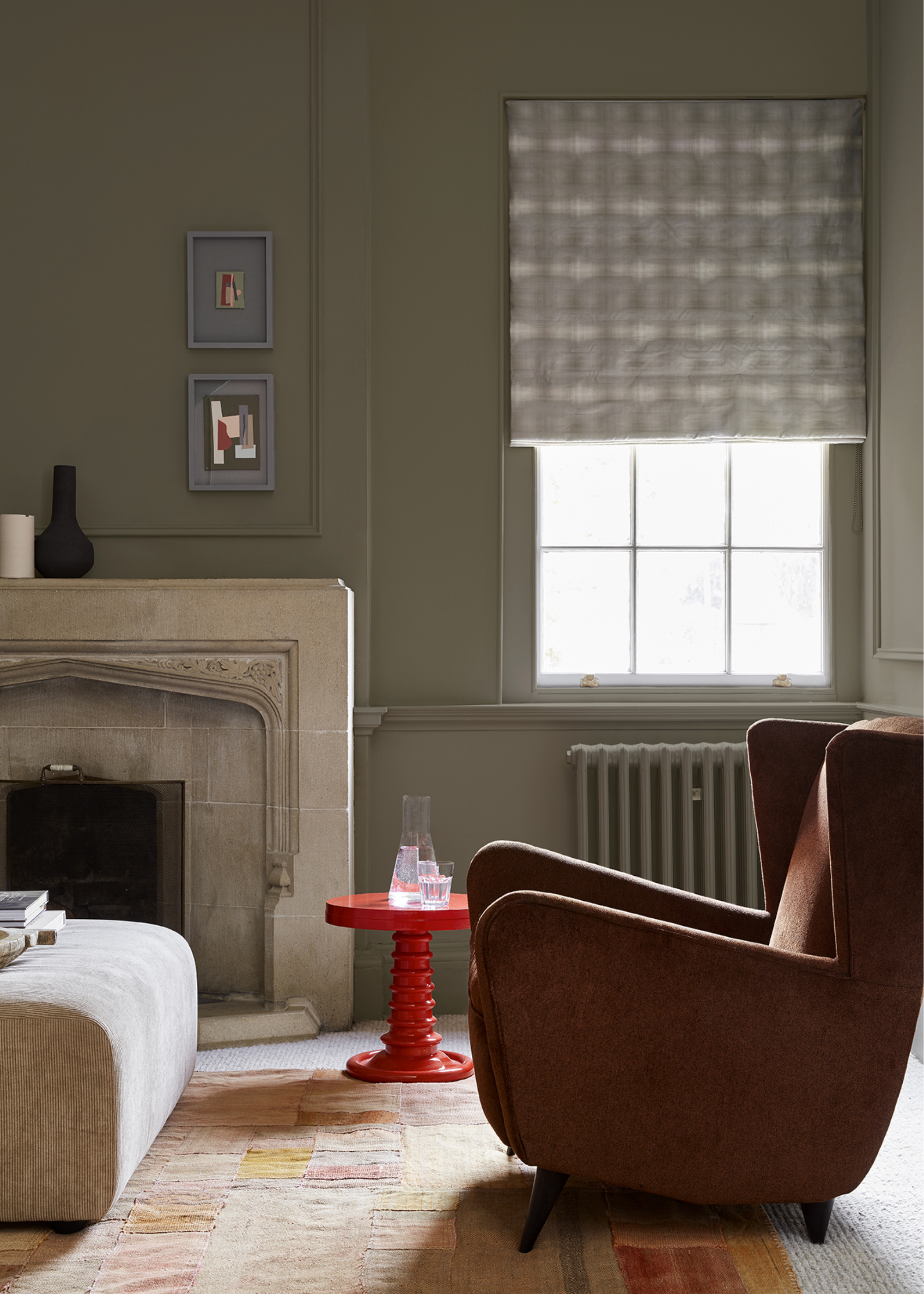
Shorter blinds like these are the safest option to use above a radiator.
The experts have made it very clear that having your radiator covered by curtains is certainly a bad idea in terms of your energy usage, but I know what many of you are thinking: Is it dangerous?
Well, as Matthias explains, "The risk comes down entirely to the heating element. Modern hot water radiators are safe because they don't reach ignition temperatures. If your heater runs on electricity, however, curtains become a serious fire hazard and must be kept clear."
The main risk of this common curtain mistake is towards the quality of your curtains, and even the surrounding materials, like your walls, all of which are liable to warping over time after constant heat exposure.
"From a safety and maintenance point of view, it’s always better to avoid direct contact between fabric and radiator," says Rosella, "Even if there’s no immediate danger, it’s just not good for the curtain’s lifespan, or your home’s heating efficiency."
Your Curtain Essentials
So, while there are plenty of curtain hacks that work to solve your curtains vs radiator conundrum, it might just be worth following curtain trends you adore, and finding another way around the issue, such as layering your window treatments.

Maya Glantz is a Design Writer at Livingetc, covering all things bathrooms and kitchens. Her background in Art History informed her love of the aesthetic world, and she believes in the importance of finding beauty in the everyday. She recently graduated from City University with a Masters Degree in Magazine Journalism, during which she gained experience writing for various publications, including the Evening Standard. A lover of mid-century style, she can be found endlessly adding to her dream home Pinterest board.
